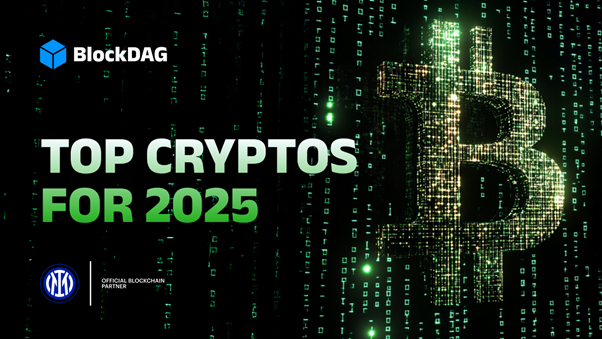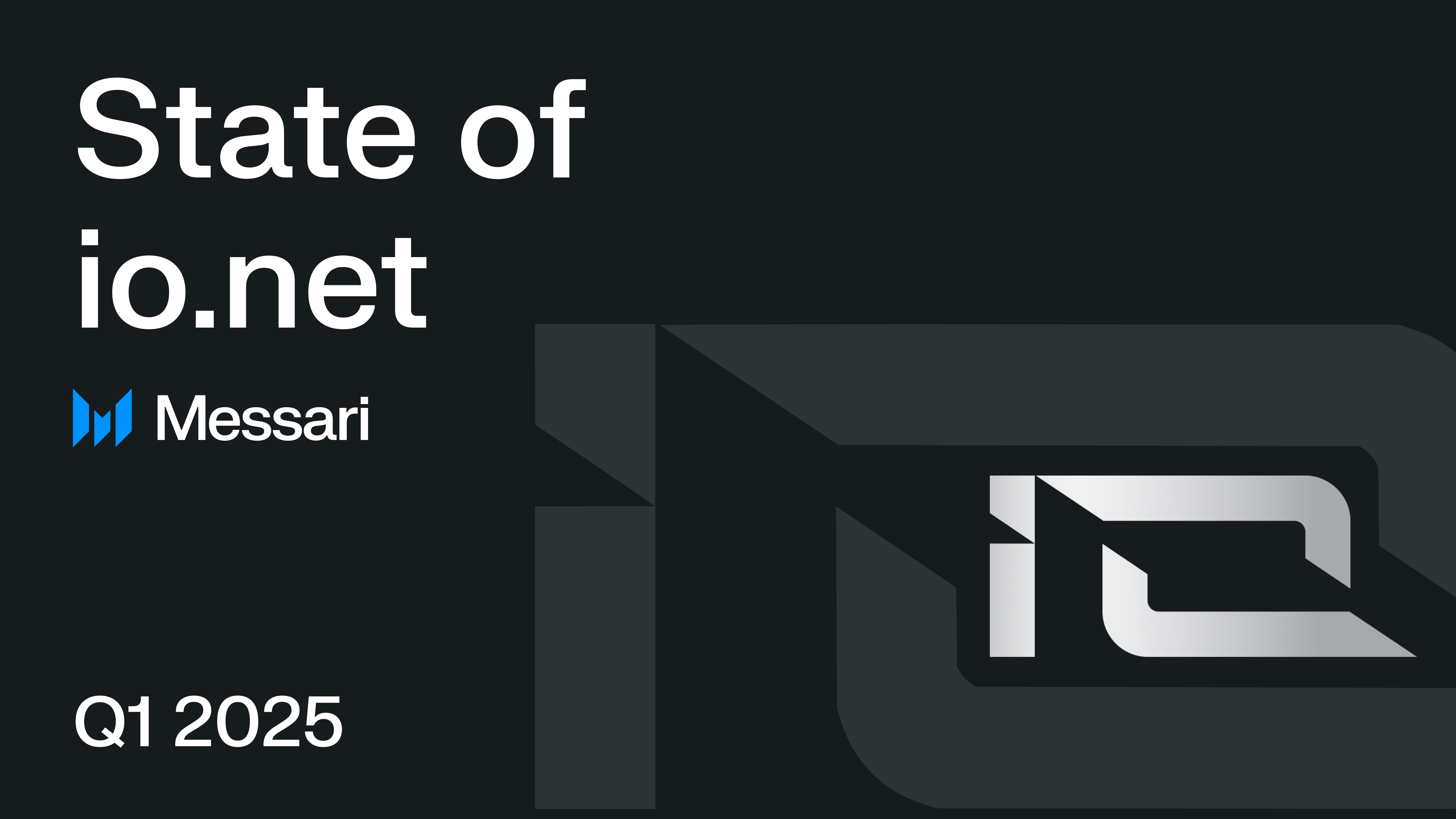AI-Driven Coins Surge as IntelMarkets Leads the Charge

The cryptocurrency market is currently witnessing a significant surge in AI-driven coins, with IntelMarkets (INTL) leading the charge in presale success. This emerging coin has attracted considerable attention, raising over $1.1 million at a presale price of just $0.027. Market analysts predict a potential price increase of up to 1,000% in the coming months, highlighting the growing interest in AI technologies within the crypto space. Alongside INTL, Near Protocol (NEAR) and Bittensor (TAO) are also experiencing impressive gains, with NEAR trading at $4.99 after a notable recovery from a low of $3.25. This trend suggests a shift in market dynamics, with AI coins poised to challenge established players like Cardano (ADA).
Cardano (ADA) is currently facing a downturn, struggling to maintain its value amidst a bullish market. The coin has seen a minor increase of only 3%, trading at $0.36, but has experienced significant fluctuations, dropping as low as $0.3434. The persistent red candles on the weekly charts indicate a bearish trend, with a monthly decline of 2%. As the market shifts towards AI-driven projects, Cardano’s position may be threatened, prompting investors to reassess their strategies in light of these emerging competitors.
The IntelMarkets platform aims to revolutionize cryptocurrency trading by providing retail traders with advanced tools and features designed to simplify decision-making. Utilizing a dual architecture on Ethereum and Solana blockchains, IntelMarkets leverages over 100,000 inputs to generate a single trade signal, enhancing the trading experience. As the demand for efficient and cost-effective trading solutions grows, IntelMarkets is well-positioned to capitalize on this trend, potentially reshaping the landscape of cryptocurrency trading platforms.
Related News





